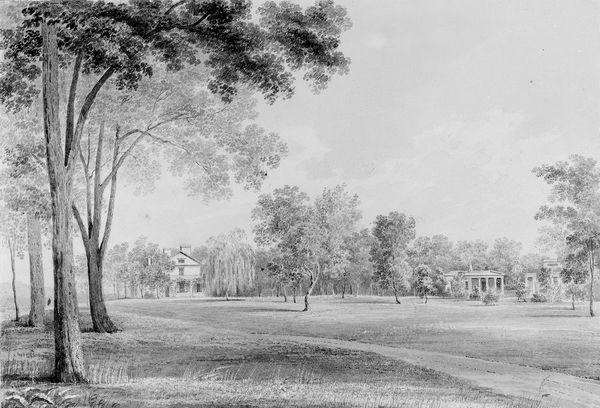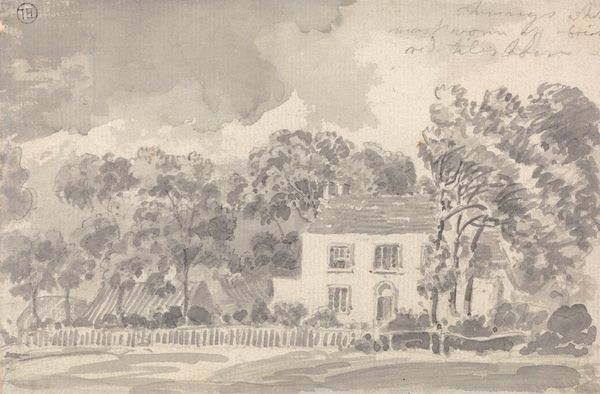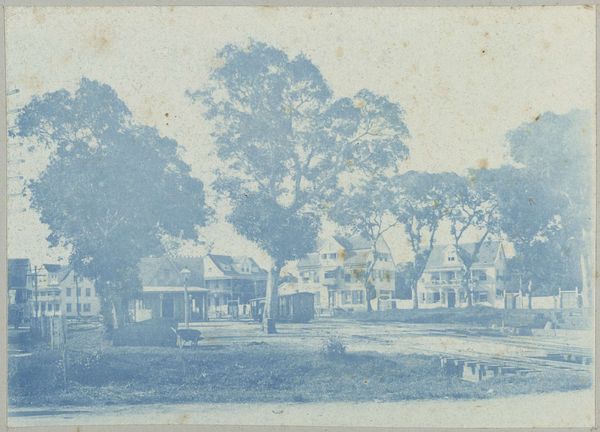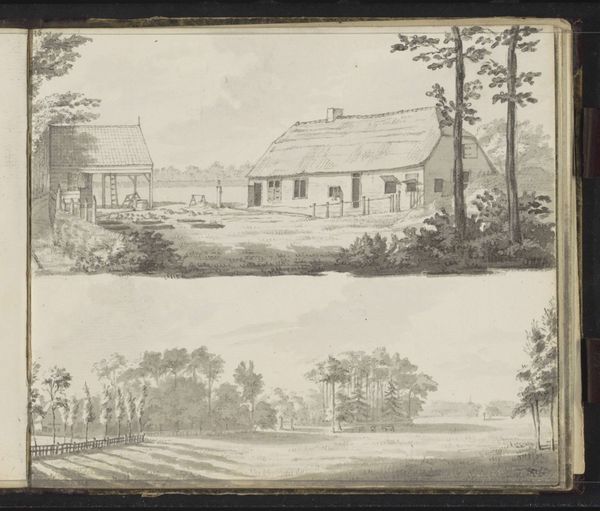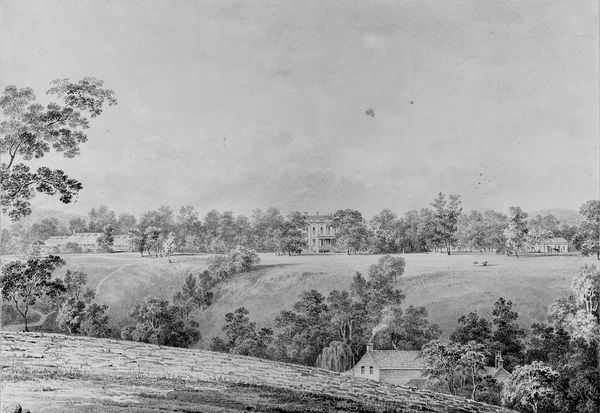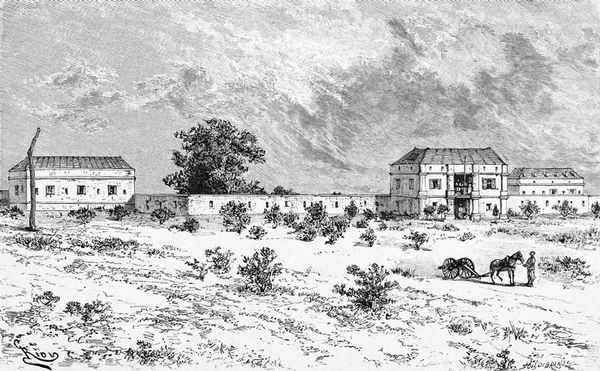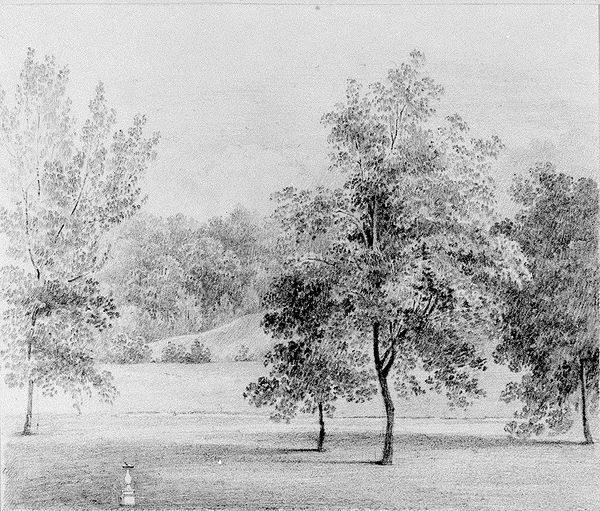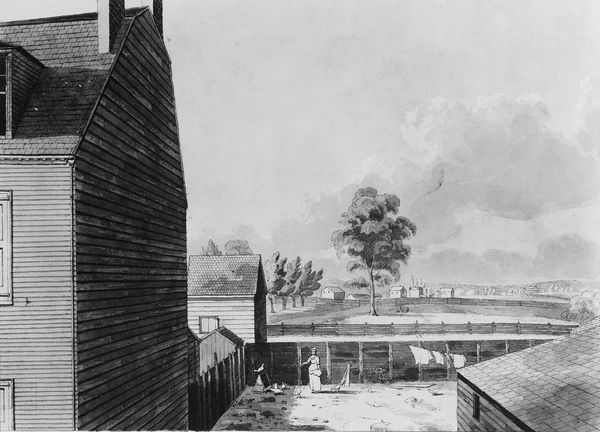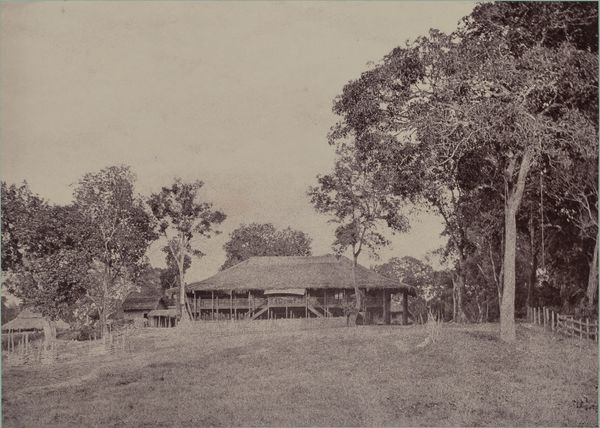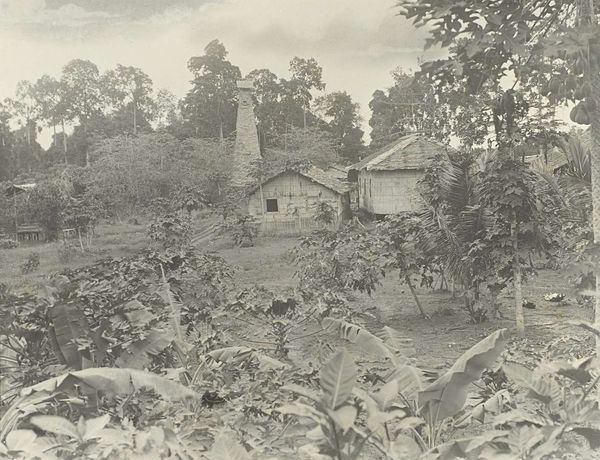
Greenhouse, David Hosack Estate, Hyde Park, New York (from Hoasack Album) 1829 - 1832
0:00
0:00
drawing, paper, pencil
#
drawing
#
neoclacissism
#
landscape
#
nature photography
#
landscape
#
paper
#
pencil
Dimensions: 5 13/16 x 7 7/16 in. (14.8 x 18.9 cm)
Copyright: Public Domain
Thomas Kelah Wharton made this watercolor of the greenhouse on David Hosack’s Hyde Park estate in New York, likely sometime in the mid-19th century. What might seem like a simple landscape rendering actually opens up a window onto the social history of American elites. In the 19th century, greenhouses like this were status symbols, showing off wealth and scientific interests. Hosack, a physician and botanist, used his greenhouse for research and to cultivate exotic plants. This image then speaks to the values of the upper class: their pursuit of knowledge, connection to international trade, and control over the natural world. Wharton’s choice of watercolor, a medium often associated with leisure and refinement, reinforces this image of cultivated gentility. To fully understand this artwork, historians can explore estate records, scientific publications, and social registers. These sources shed light on the cultural meanings of luxury, science, and nature in 19th-century America. By examining art in its social and institutional context, we can better understand the values and power structures of the past.
Comments
No comments
Be the first to comment and join the conversation on the ultimate creative platform.
